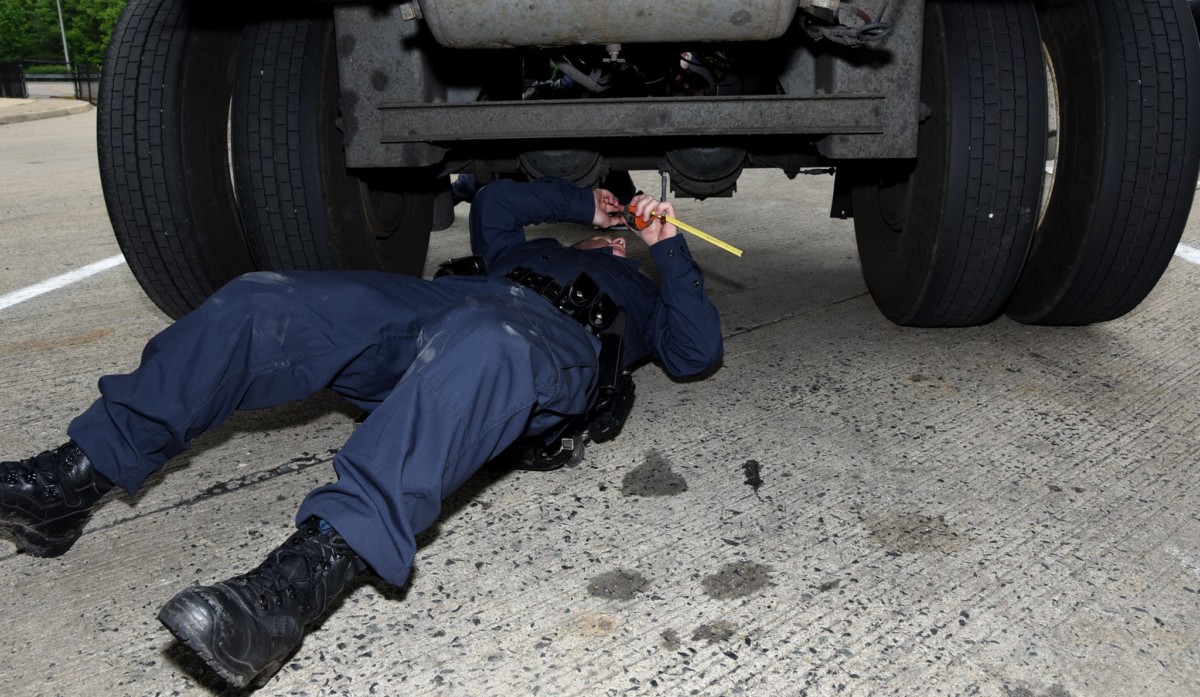Here’s what you can expect during Brake Safety Week 2022

The Commercial Vehicle Safety Alliance (CVSA) shared new information on this year’s Brake Safety Week inspection and enforcement campaign.
This year, Brake Safety Week will take place throughout the U.S., Mexico, and Canada from August 21 — 27.
The area of emphasis for this year’s Brake Safety Week is brake hose/tubing chafing violations.
According to the CVSA, brake violations comprise the largest percentage of all out of service vehicle violations cited during roadside inspections, and according to last year’s International Roadcheck data, brake systems and brake adjustment violations accounted for 38.9% of all vehicle out-of-service violations, the most of any category of vehicle violations.
During the weeklong effort, inspectors will conduct their usual North American Standard Level I and V Inspections and capture and report brake-related data to CVSA.
While conducting the brake portion of the inspection, officers will be looking for missing, non-functioning, loose, contaminated or cracked parts on the brake system, and non-manufactured holes (such as rust holes and holes created by rubbing or friction) and broken springs in the spring brake housing section of the parking brake. They will listen for audible air leaks around brake components and lines, and ensure the air system maintains air pressure between 90-100 psi (620-690 kPa). Inspectors will also check for S-cam flip-over and measure pushrod travel. They will check that slack adjusters are the same length (from center of S-cam to center of clevis pin) and the air chambers on each axle are the same size. They will also inspect required brake-system warning devices, such as ABS malfunction lamp(s) and low air-pressure warning devices. In addition, inspectors will ensure the breakaway system is operable on the trailer, and inspect the tractor protection system, including the bleed-back system on the trailer.
During Brake Safety Week 2021, 35,764 commercial motor vehicles were inspected throughout North America. Twelve percent of those vehicles were placed out of service for brake violations.
“Poorly maintained brake systems can reduce the braking capacity and stopping distance of large trucks and motorcoaches, which poses a serious risk to driver and public safety,” said CVSA President Capt. John Broers with the South Dakota Highway Patrol. “In those split-second emergency situations, the proper functionality of the brake systems on large commercial motor vehicles is crucial.”